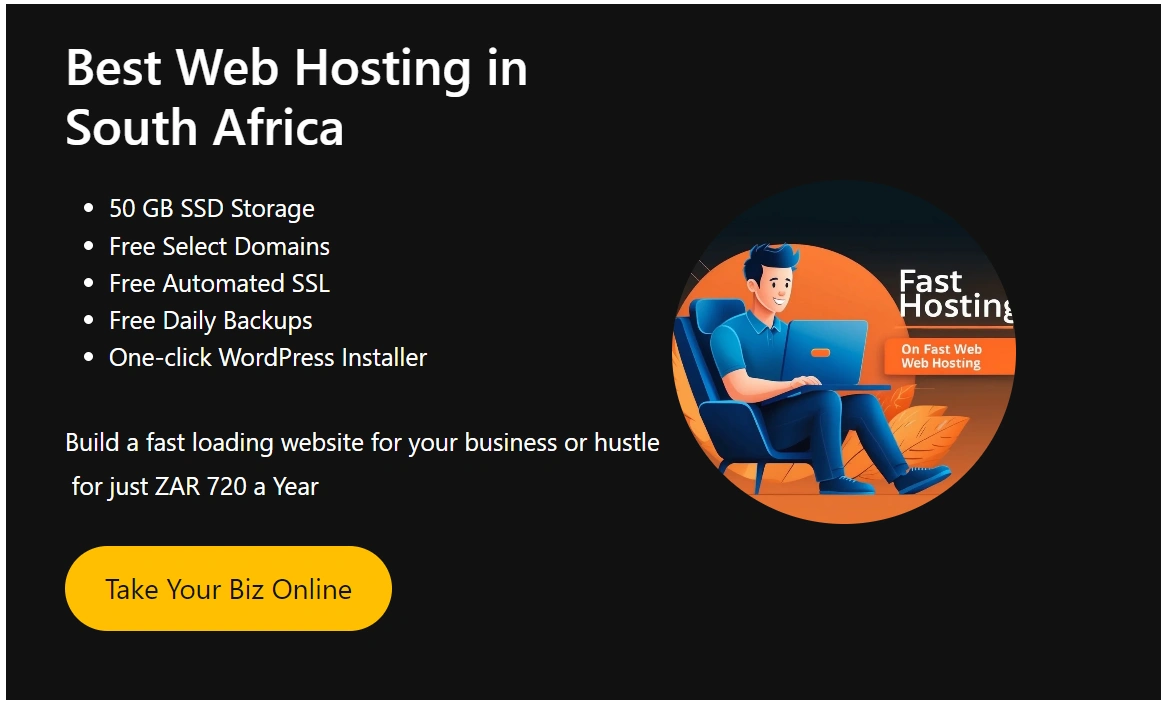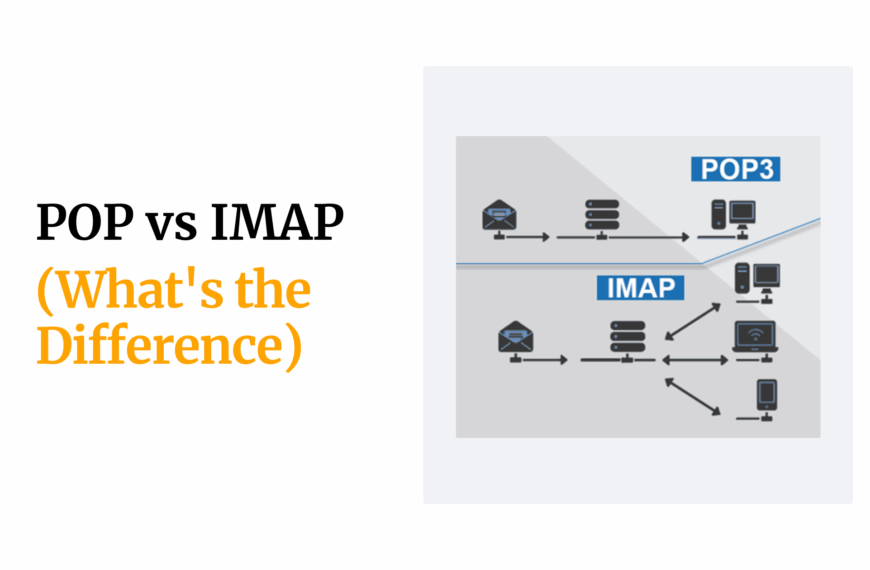If you’ve ever tried registering a .co.za domain before, you know how clunky the old process was.
Slow approvals, confusing contact structures, and constant back-and-forth emails. It worked, but barely.
That era is finally over.
South Africa’s .co.za domain space has been completely rebuilt, powered by the same advanced registry framework that drives global domains like .com and .org.
It’s now faster, safer, and far easier to manage.
The big change?
The registry migrated to an EPP-based system.
In simple terms, domain registrations, renewals, and transfers now happen in seconds with no waiting and no manual approvals.
From your registrar’s dashboard, you can update name servers, renew for several years, and see those changes apply almost instantly.
That’s how much progress .co.za has made.
And the difference is clear:
- New domains go live within minutes.
- Transfers between registrars are seamless.
- DNS performance and security are stronger than ever.
For small businesses, this means faster launches, fewer disruptions, and full control of your online identity without needing technical expertise.
Table of Contents
Why The Old System Needed To Change
The old .co.za setup wasn’t designed for today’s internet.
It worked when there were a few thousand domains, but once registrations passed a million, it began to struggle.
Everything was manual. Registrants and resellers had to send formatted emails to the registry.
One small mistake could delay or block a request, and feedback was often unclear.
Transfers were even worse. Each contact (registrant, admin, billing, and technical) received a voting email.
At least one “yes” was required, but a single “no” could stop everything. Old or inactive contact emails made the process unpredictable.
In practice:
- Delays were common. Activations could take up to 48 hours.
- Errors happened often. Manual data entry led to configuration issues and downtime.
- Security was weak. Attackers could exploit outdated contact emails.
- Automation was impossible. Registrars couldn’t scale efficiently.
The internet evolved, but .co.za didn’t. A complete rebuild was the only way forward, and that’s exactly what happened.
How The New System Works
Registering a .co.za domain today feels instant.
Here’s what happens behind the scenes:
- You pick your .co.za name at an accredited registrar like Truehost.
- The registrar connects to the ZARC Shared Registry System using a secure EPP session.
- The registry validates your details and name servers automatically.
- Within seconds, your domain becomes active and visible across the internet.
If you decide to transfer your domain, it’s just as quick. Approve the request via your registrant email, and your new provider takes over immediately.
Here’s why that matters:
- Your website can go live minutes after registration.
- DNS updates apply in real time.
- You stay in full control of your domain at all times.
Quick tip: Log in to your domain dashboard and check the “EPP Status” or “Registry Provider.”
If it shows ZARC or EPP, you’re on the new system. If not, it’s time to move because the legacy platform is being retired in 2025.
Key Benefits For You
This upgrade redefines how South Africans manage domains online.
What you’ll notice right away:
- Speed: Domains register and renew almost instantly.
- Control: Manage DNS, renewals, and transfers directly from your registrar’s dashboard.
- Transparency: Every action is tracked and confirmed in real time.
- Security: Modern authentication and DNSSEC make it much harder for attackers to interfere.
For startups and entrepreneurs, this means less waiting and more building.
Example: A bakery in Cape Town registers bakeryhub.co.za in the morning, connects it to their e-commerce site before lunch, and starts taking orders by evening.
That kind of speed wasn’t possible before, and it’s a real competitive edge in 2025.
Multi-Year Registrations And Pricing
One of the best improvements in the new system is the option for multi-year registrations.
You can now register or renew your .co.za domain for up to five years instead of renewing every year.
This is important as it ensures:
- Price stability: Multi-year renewals help you lock in current rates ahead of any future adjustments.
- Less admin: Set it once and forget it. No annual reminders.
- Fewer risks: Long-term ownership helps prevent accidental expiry and downtime.
As of November 2025, registrars are preparing for a modest price review expected in 2026.
Renewing early or selecting a multi-year plan now ensures predictable costs for the next few years.
Improved Security And DNS Reliability
The modernization of .co.za goes beyond speed.
The registry now supports DNSSEC, a security layer that adds cryptographic validation to DNS data.
This prevents fake redirects and ensures visitors always reach your legitimate site.
- Prevents tampering: DNSSEC validates that DNS responses are authentic.
- Builds trust: Many browsers and cybersecurity tools recognize DNSSEC-secured domains.
- Easy to use: Most registrars let you enable it with a simple toggle.
ZARC has also improved infrastructure with global anycast networks that distribute traffic across multiple servers.
This setup means faster load times, better uptime, and stronger protection against DDoS attacks.
Security checklist:
- Enable DNSSEC if your registrar supports it.
- Use a DNS provider with proven uptime.
- Test your domain at
dnssec-analyzer.verisignlabs.comto confirm protection.

Moving From The Legacy System
If your .co.za domain was registered before 2024, it might still be on the legacy platform.
ZARC is decommissioning that system, with the final cutoff expected by late-2025.
Here’s how to transition safely:
- Check your domain status. Use WHOIS or contact your registrar to confirm whether your domain runs on the EPP system.
- Stay with your registrar. If your registrar already uses the new EPP-based ZARC system, they will migrate you automatically.
Still, confirm with support to be sure. - Transfer if needed. If your registrar isn’t integrated, move to an accredited one like Truehost Approve the transfer via your registrant email. The process is instant.
- Renew and secure. Once moved, renew your domain and activate DNSSEC for full protection.
Acting early prevents issues later.
When the legacy platform shuts down, any domains still there may be suspended or deleted.
Moving now ensures uninterrupted service and keeps your domain compliant with the new .za framework.
What’s Next For .CO.ZA
ZARC and ZADNA continue improving the .co.za environment with better tools and policy updates.
Here’s what to expect in 2026:
- Automated multi-year renewals inside registrar dashboards.
- Wider DNSSEC adoption across all accredited registrars.
- Quarterly transparency reports on registry uptime and performance.
- More support for related domains like .org.za and .web.za.
The .co.za registry now matches the reliability of leading global systems.
For South African businesses, it means fewer barriers, stronger protection, and faster paths from idea to launch.
Your Quick Action Plan
Make the most of the new .co.za system with this checklist:
- Check your domain status. Confirm you are on the EPP-based system.
- Renew early. Secure your domain for up to five years.
- Enable DNSSEC. Add an extra layer of protection.
- Use a trusted registrar. Choose one offering instant DNS updates and support.
- Monitor uptime. Keep your DNS provider reliable and consistent.
Ready to register or renew? Visit Truehost today and experience the new system for yourself.
 Web Hosting
Web Hosting Windows HostingBuilt for Windows apps and websites – stability, speed and flexibility
Windows HostingBuilt for Windows apps and websites – stability, speed and flexibility Reseller HostingLaunch a hosting business without technical skills or expensive infrastructure
Reseller HostingLaunch a hosting business without technical skills or expensive infrastructure Affiliate ProgramRefer customers and earn commissions from sales across our platform
Affiliate ProgramRefer customers and earn commissions from sales across our platform Domain SearchFind and secure a domain name in seconds with our quick lookup tool
Domain SearchFind and secure a domain name in seconds with our quick lookup tool CO ZA Domains
CO ZA Domains All DomainsExplore domain names from over 324 TLDs globally – all in one place
All DomainsExplore domain names from over 324 TLDs globally – all in one place Free Whois Lookup Tool South Africa
Free Whois Lookup Tool South Africa VPS
VPS SSLs
SSLs






